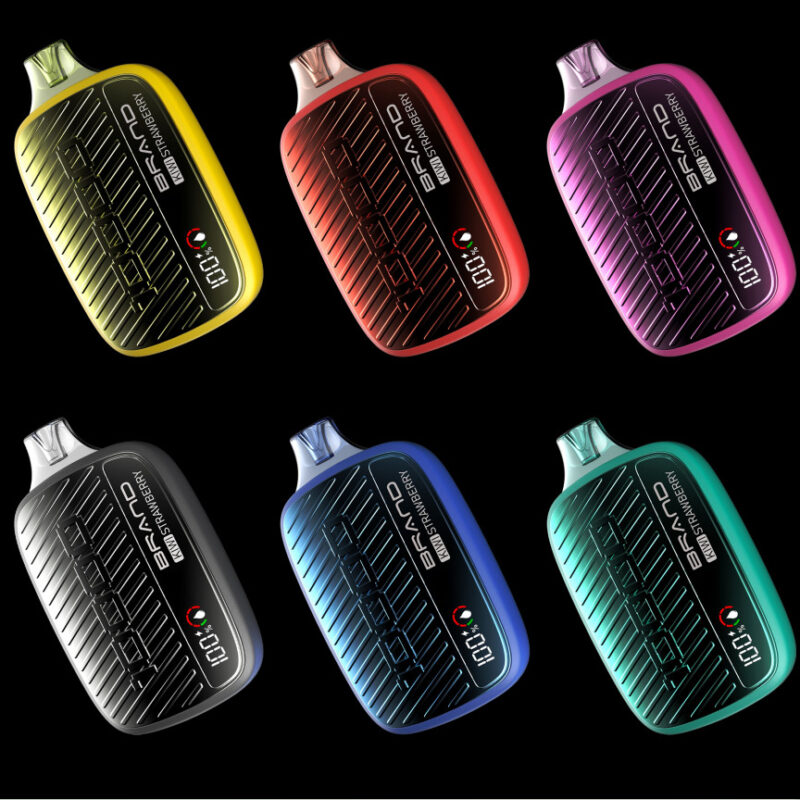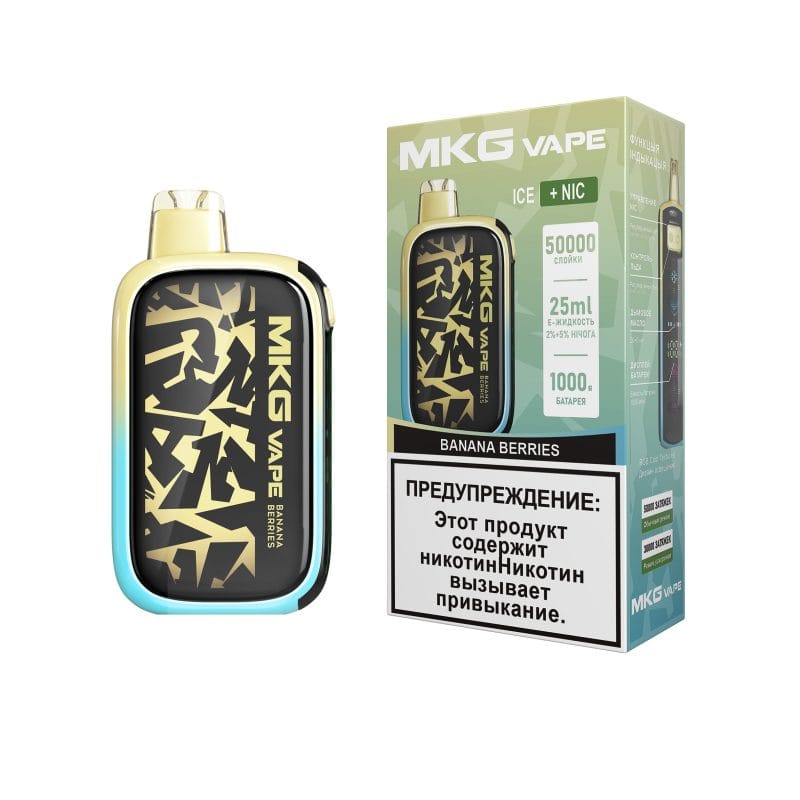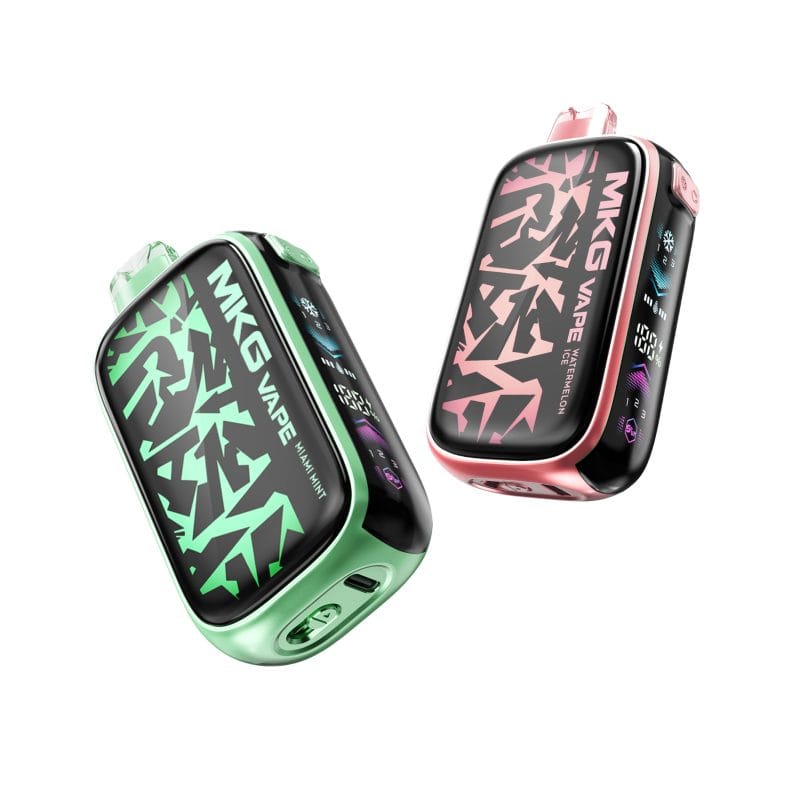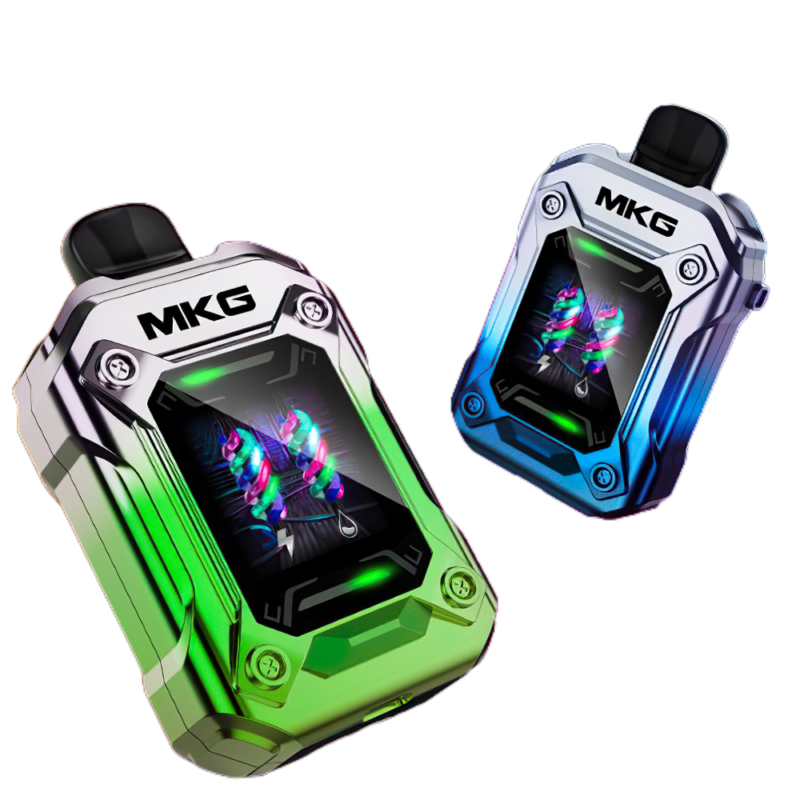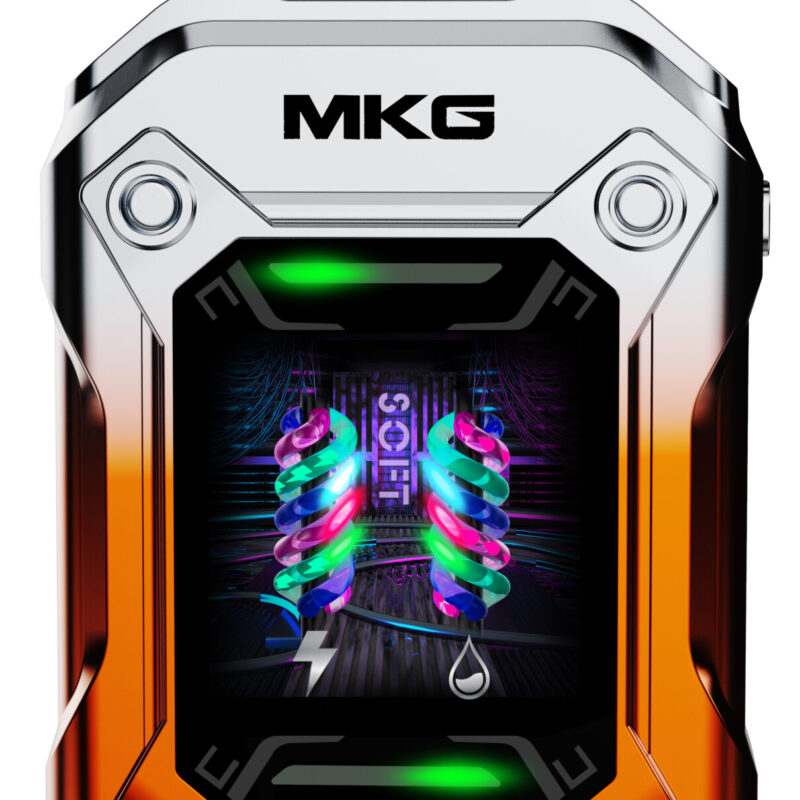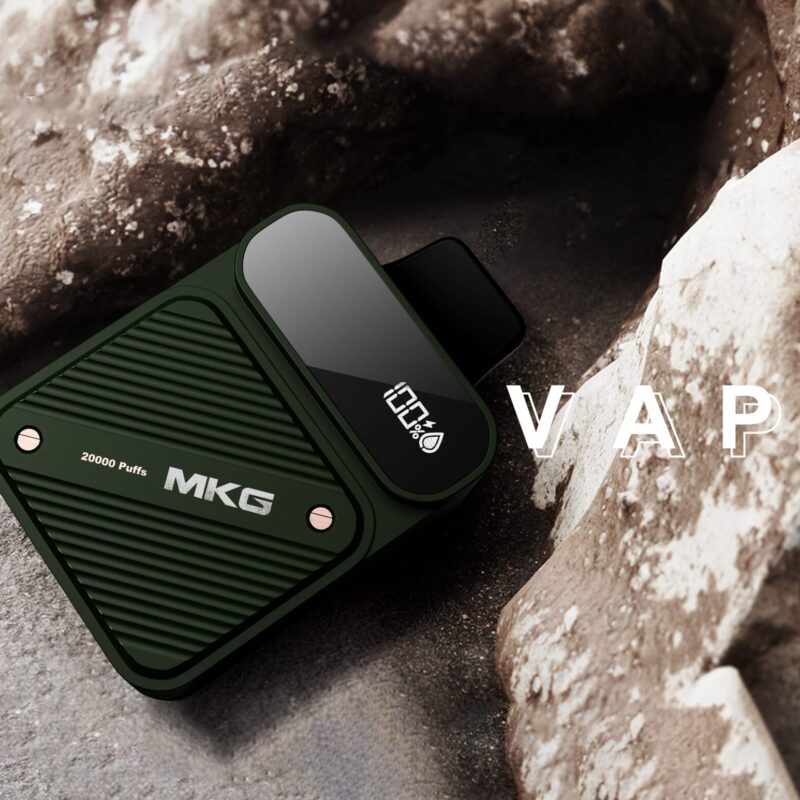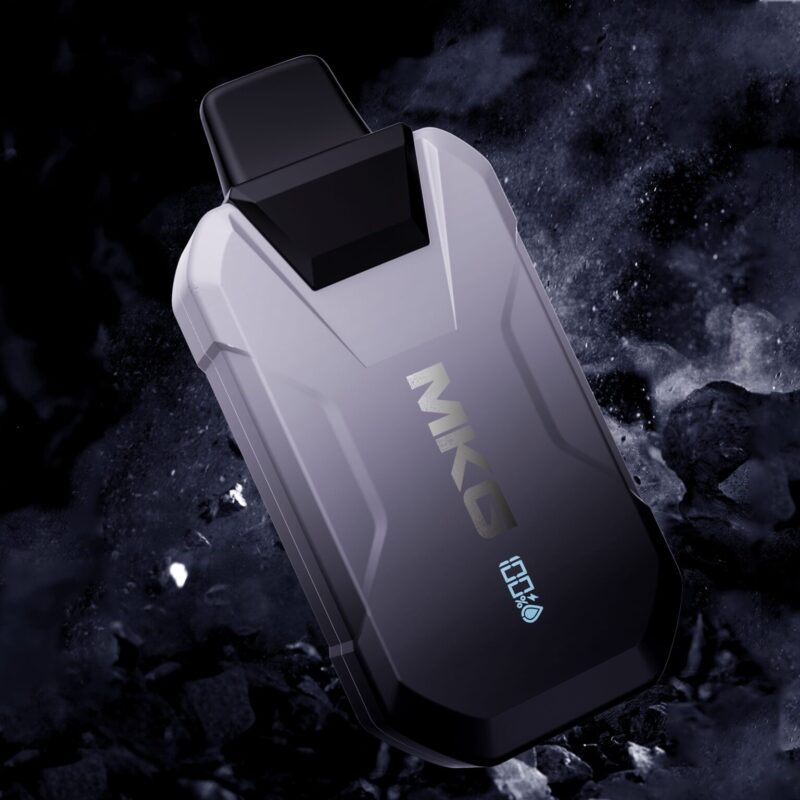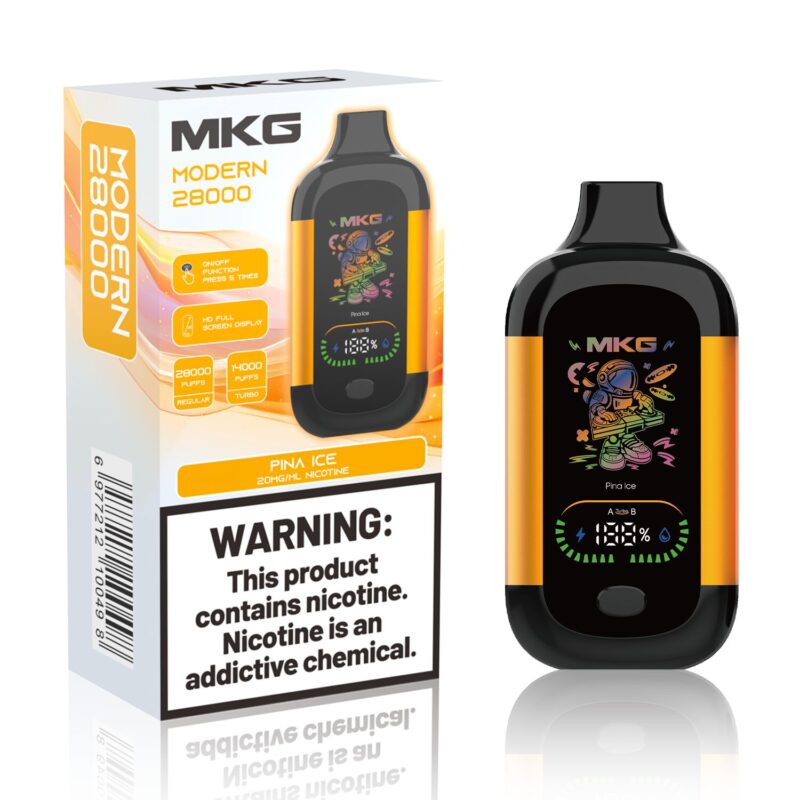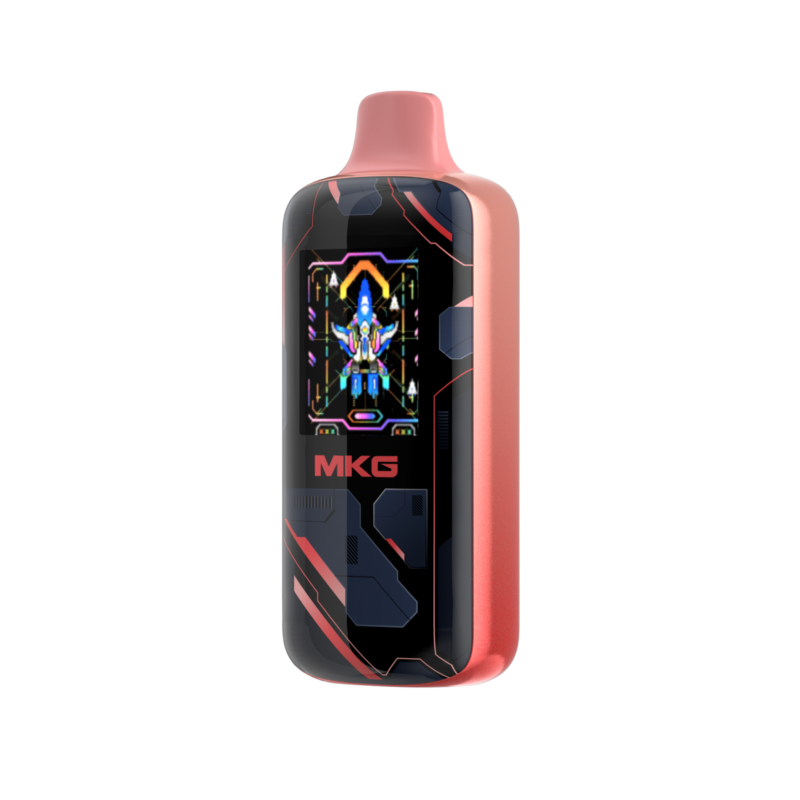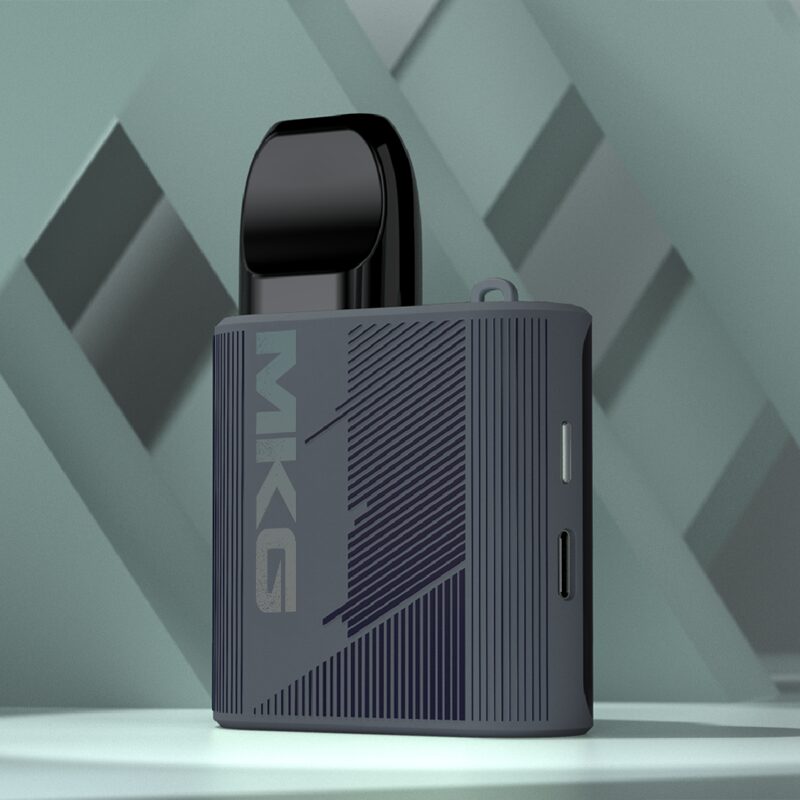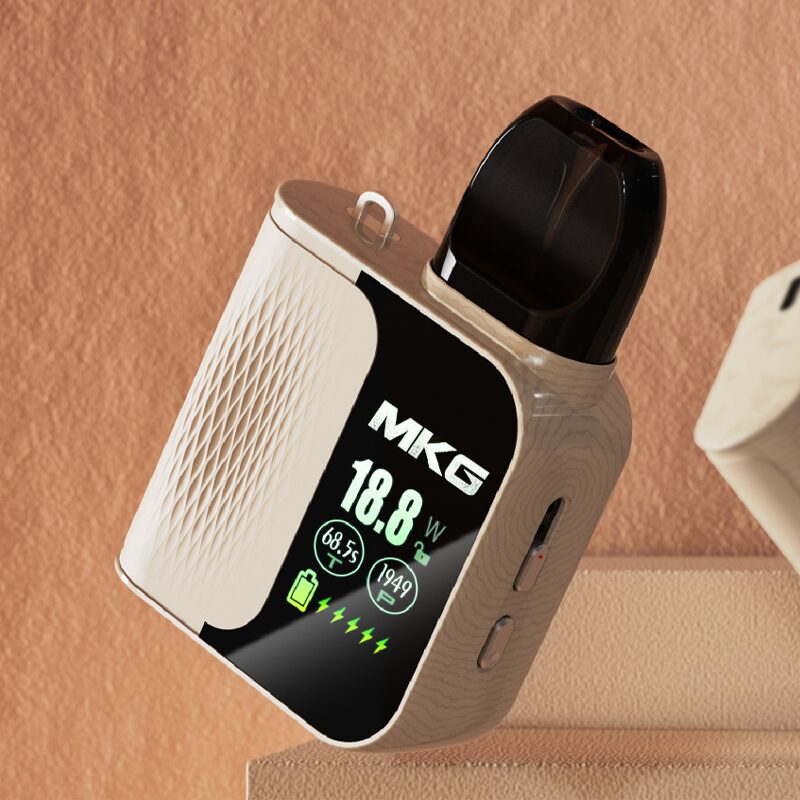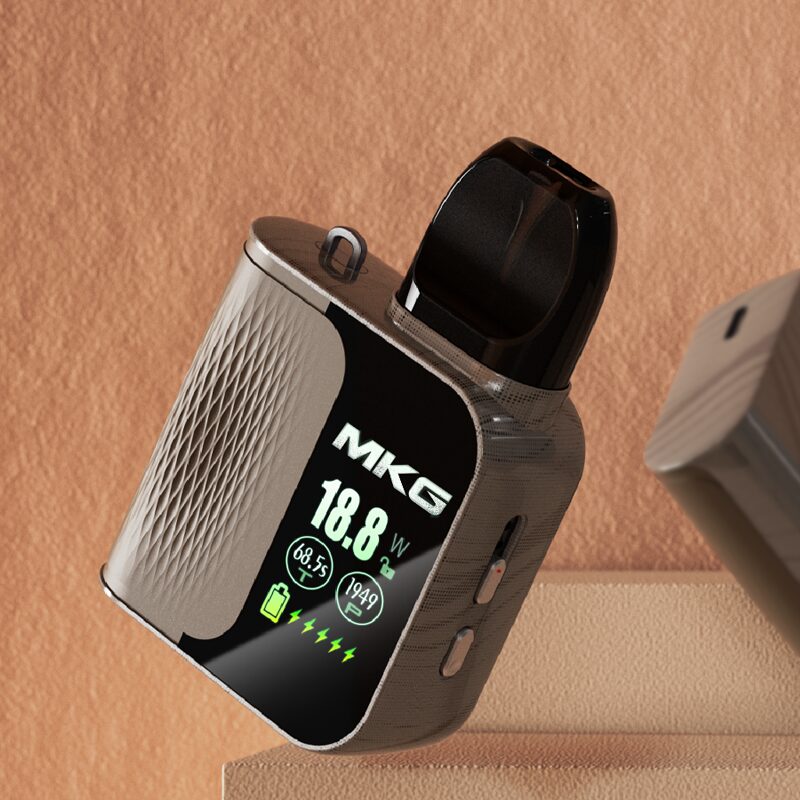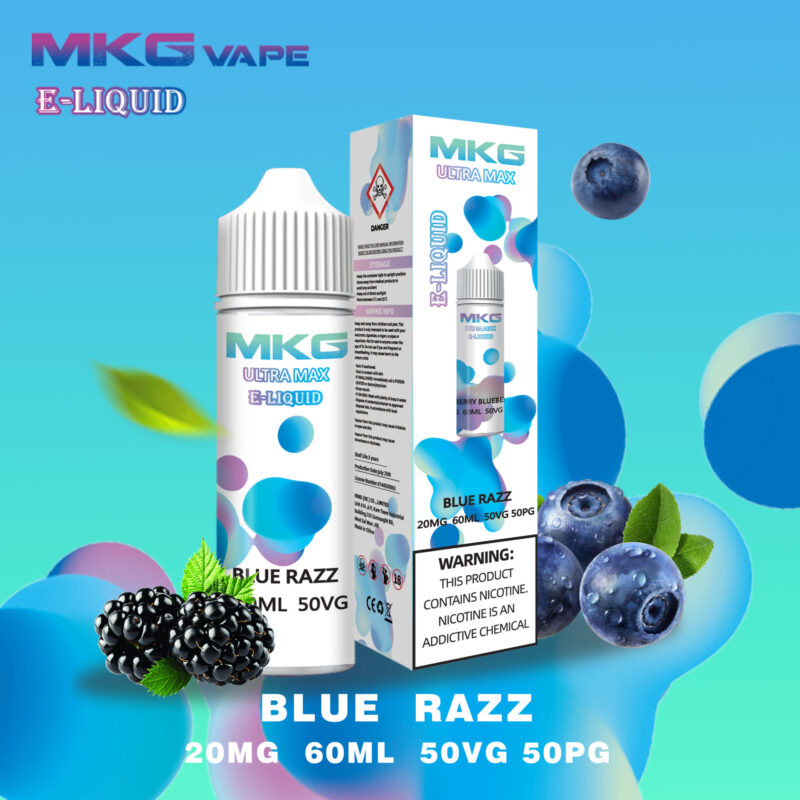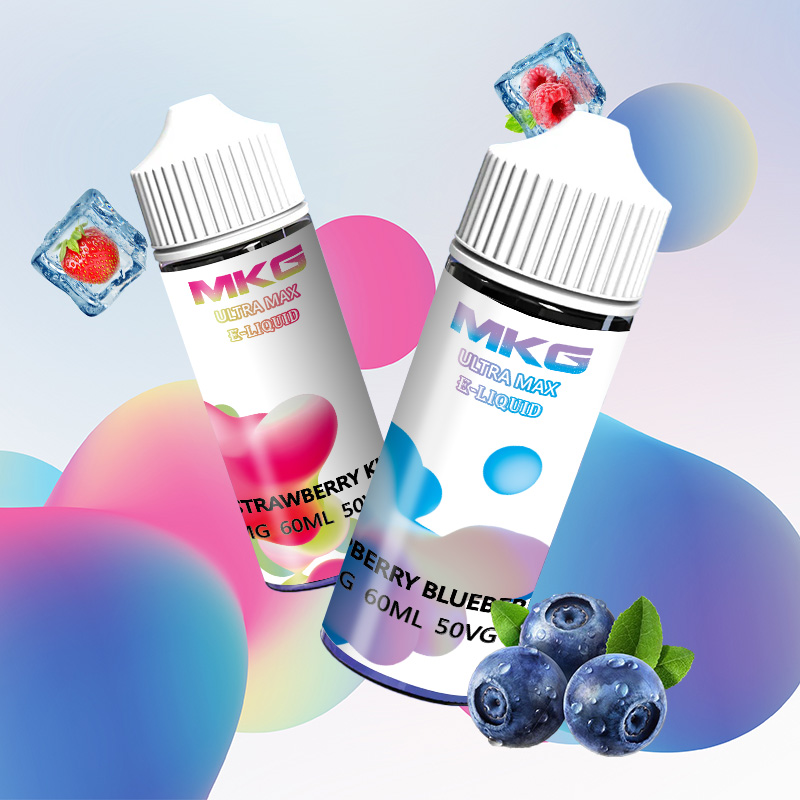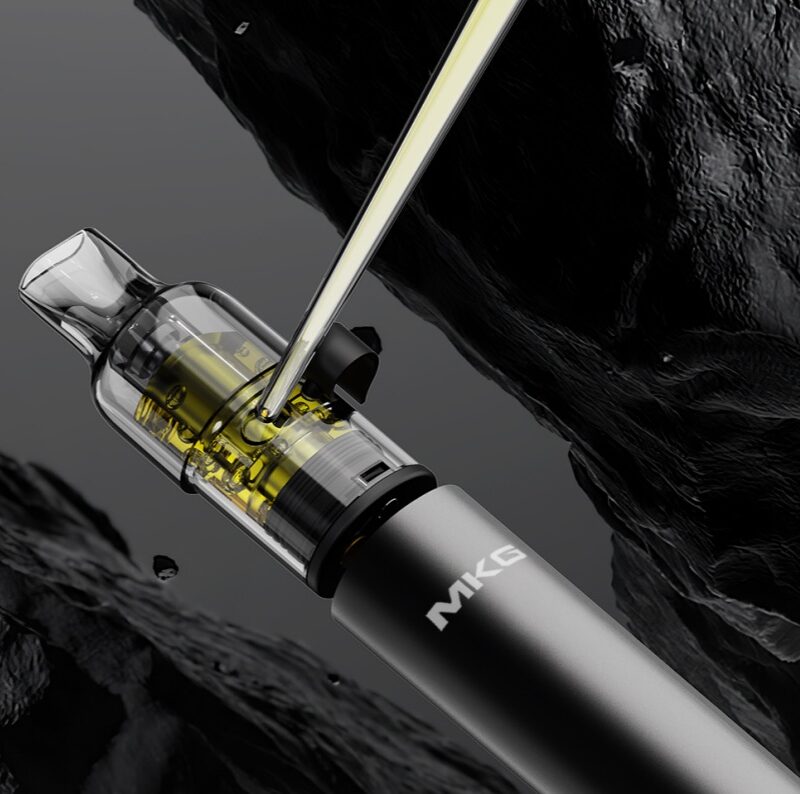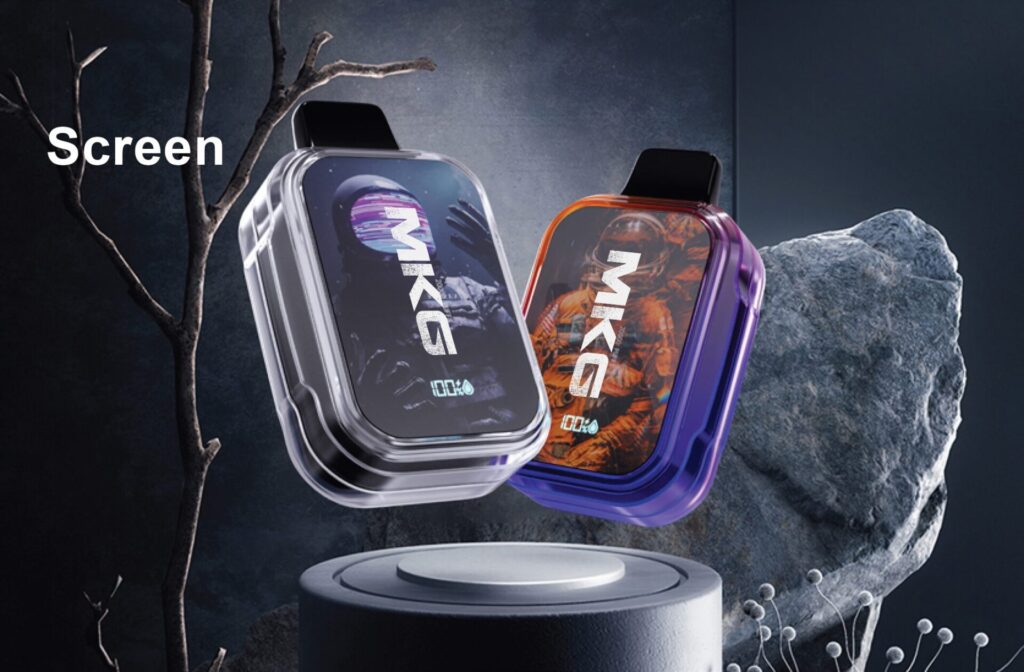Child-resistant packaging began in the United States in 1970. The Poison Prevention Packaging Act (PPPA) requires products that are harmful to children to be packaged in child-resistant packaging.
For e-cigarette products, most states in the United States have clear child protection requirements: Arkansas, Illinois, Indiana, Maine, Massachusetts, Michigan, Minnesota, New Jersey, New Mexico, New York, North Carolina, North Dakota, Oregon, Rhode Island, Tennessee, Texas, Utah, Vermont, Virginia, Washington, Wyoming and other states.
Among them, some states mentioned the definition of child-resistant packaging: “A bag or container that is designed or constructed to make it difficult for a child under 5 years of age to open or obtain the poisonous or harmful substances within a reasonable time and that is difficult for a normal adult to Just because it is easy to use correctly does not mean that all such poisonous or harmful substances cannot be opened or accessed by children within a reasonable time.” “Child-resistant packaging” means “is designed or constructed to be safe for use by children under five years of age within a reasonable time.” Packaging containing harmful substances that is difficult to open or access, but is not difficult for normal adults to use, does not mean that all such children cannot open or access packaging containing hazardous substances within a reasonable time.”
Some states also specify testing requirements. Arkansas has mentioned that child-resistant packaging must be tested according to the method described in the current 16 C.F.R. §1700.20; Michigan also clearly requires that unless the liquid nicotine container meets the child-resistant effectiveness standard of 16 CFR 1700.15(b), it shall not be Liquid nicotine containers are sold in the state. An individual who violates this paragraph shall be found guilty and may be subject to a fine not to exceed $50.00 per violation. Oregon even stipulates verification requirements for child-resistant packaging: Points of sale in Oregon must provide the Oregon Health Authority with verification of the manufacturer’s written laboratory test report describing the use of 16 CFR when requested by the Oregon Health Authority. Results of child-resistant packaging testing conducted in accordance with the protocol specified in 1700.20 (1995).



